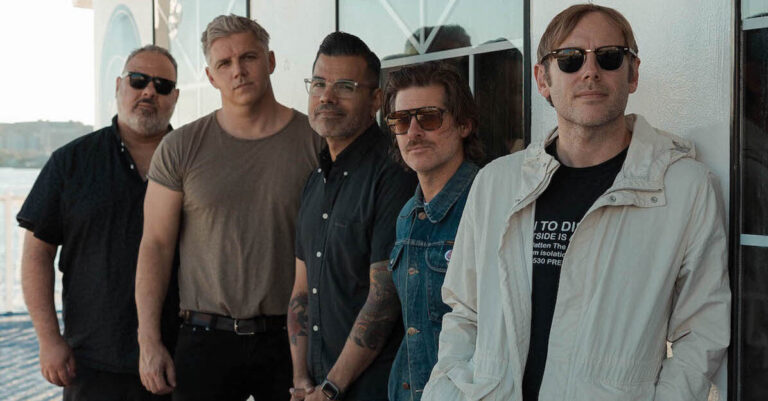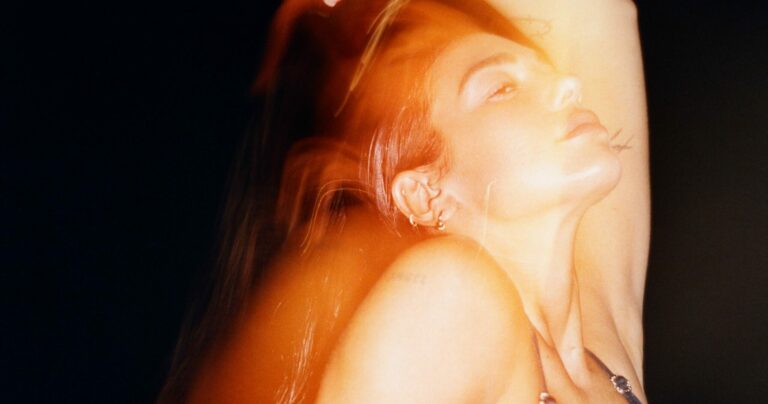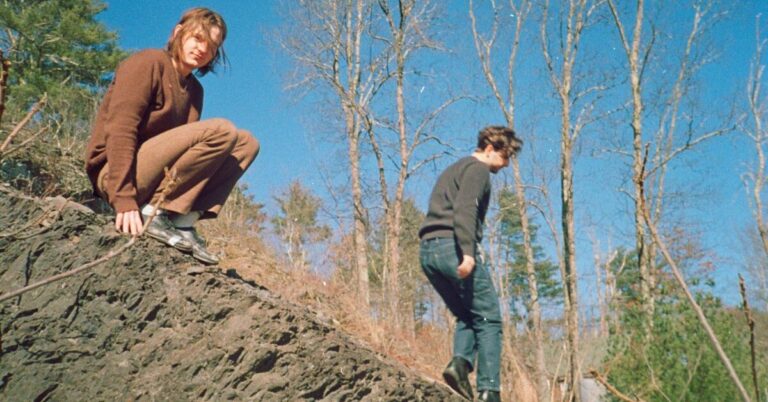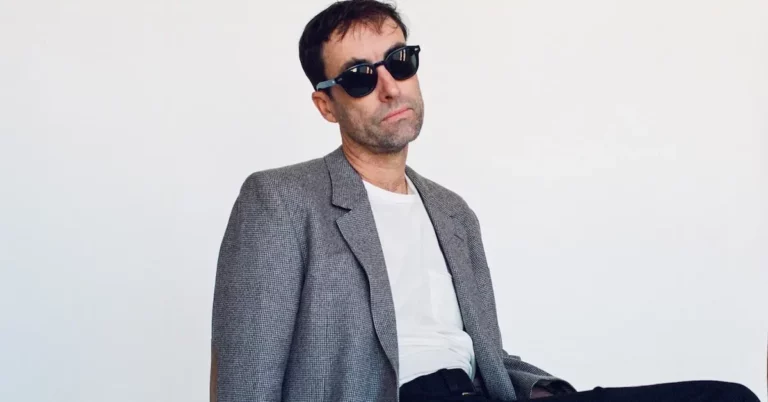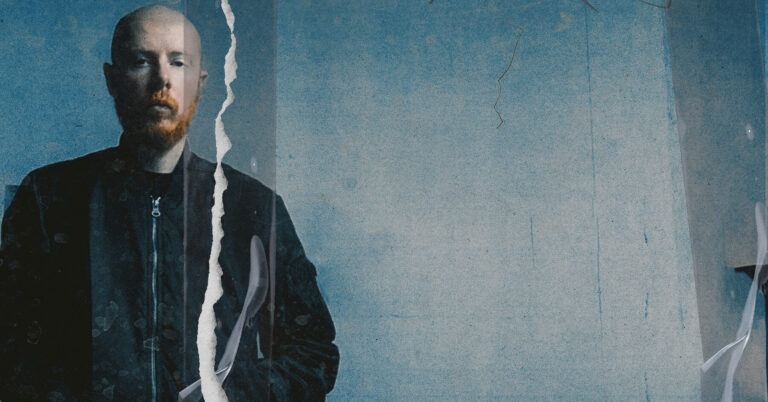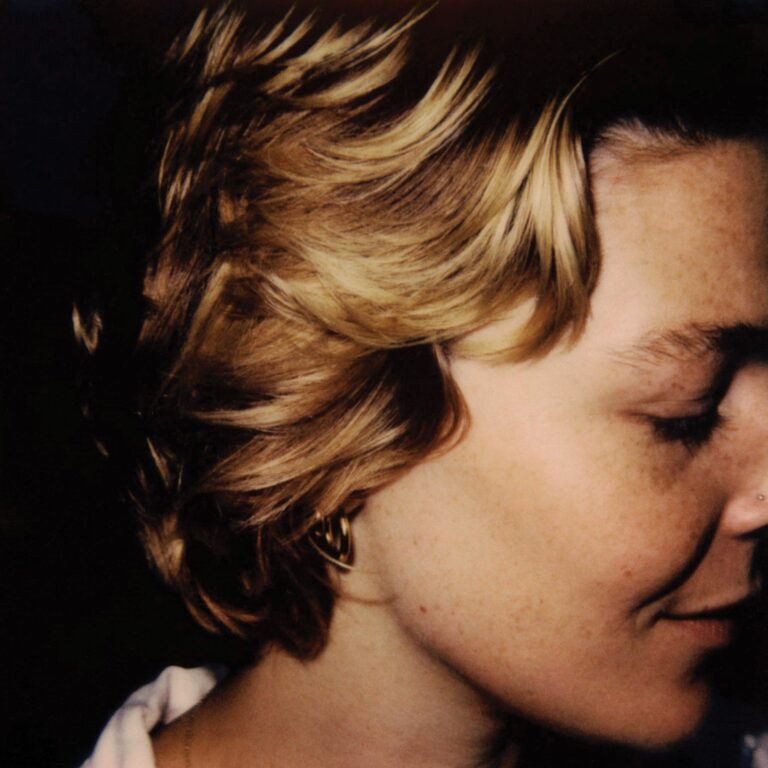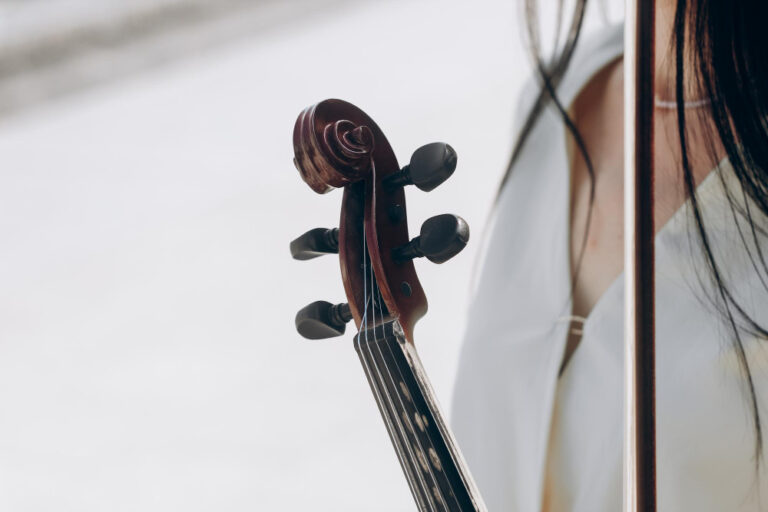Mixing two of the most sought-after pleasures, psilocybin and chocolate, creates a concoction that’s hard to resist.
But there’s more to shroom chocolates than just their ingredients; they offer a unique and enjoyable way to experience the benefits of psilocybin combined with the universal love for chocolate.
Let’s delve into why this pairing is so compelling.
What Are Magic Mushrooms?
Magic mushrooms, scientifically known as psilocybin mushrooms, are fungi that contain the psychoactive compounds psilocybin and psilocin. Unlike the mushrooms you might find in your grocery store, these fungi have been used for centuries in spiritual and therapeutic contexts.
They’re celebrated for their ability to produce profound changes in perception, mood, and thought, often leading to significant personal insights and emotional healing. When ingested, psilocybin is converted into psilocin, which influences serotonin levels in the brain and leads to altered states of consciousness.
And Psilocybin Chocolate?
Imagine combining the earthy, profound effects of psilocybin with chocolate’s rich, comforting taste. Psilocybin chocolates do precisely that, marrying delicious dark chocolate or flavoured milk chocolate with carefully measured doses of psilocybin.
This not only preserves the psilocybin but also makes consumption more palatable and enjoyable. It allows for easier dosing, appeals to those who may be put off by the taste of raw mushrooms, and provides a discreet and convenient method of ingestion.
How Are Magic Mushroom Chocolates Made?
The process of making magic mushroom chocolates begins with the careful measurement and grinding of dried magic mushrooms to a fine powder.
This ensures even distribution of psilocybin throughout the chocolate mixture. Depending on preference, the mushroom powder is mixed into melted chocolate, which can be dark, milk, or even white chocolate.
Additional flavours and ingredients may be added to enhance the taste. The mixture is then poured into moulds and allowed to set until solid. The result is a delicious, easy-to-consume treat with a controlled dose of psilocybin.
Are Shroom Chocolate Bars Legal?
While the allure of psilocybin chocolate bars is undeniable, it’s important to note that psilocybin remains illegal in many jurisdictions.
However, alternatives like amanita mushroom chocolate and gummies contain different active compounds and are legal in some areas. These alternatives don’t offer the same effects as psilocybin-containing mushrooms but are available for those seeking a legal way to explore the world of mushroom-infused edibles.
Knowing your local laws before seeking out or consuming mushroom-based products is crucial.
Frequently Asked Questions About Magic Mushroom Chocolate Bars
How does the experience of consuming psilocybin in chocolate form compare to other methods?
Consuming psilocybin in chocolate form offers a more palatable and enjoyable experience than other methods, such as ingesting dried mushrooms directly. The chocolate masks the earthy taste of the mushrooms, making it easier for some people to consume.
Additionally, the psychoactive effects can come on more smoothly, as the fat in chocolate may aid in the absorption of psilocybin. However, the onset time may be slightly longer due to the digestive process, but the overall experience is often described as more pleasant and manageable.
Can I make my own magic mushroom chocolate at home?
Yes, it is possible to make your own magic mushroom chocolate at home, provided you have access to dried psilocybin mushrooms, and it’s legal in your jurisdiction. The process involves finely grinding the dried mushrooms into a powder and mixing them into melted chocolate.
Care should be taken to dose accurately and mix thoroughly to ensure even distribution of psilocybin throughout the chocolate. It’s essential to research and understand the legal implications and potential health risks before attempting to create and consume your own psilocybin-infused edibles.
How do I dose psilocybin chocolate correctly?
Dosing psilocybin chocolate correctly is crucial for a safe and enjoyable experience. Manufacturers typically indicate the amount of psilocybin per piece or bar, allowing consumers to consume a known quantity of psilocybin.
For those new to psilocybin, it’s advisable to start with a low dose (1 to 2 grams of dried mushroom equivalent) and wait to see how you react before consuming more. When dosing, it’s essential to consider individual factors like body weight, tolerance levels, and the desired intensity of the experience.
Always err on the side of caution to avoid an overwhelming experience.
Will You Try Magic Mushroom Chocolate?
Considering the unique blend of taste and experience offered by magic mushroom chocolate bars, they represent an intriguing option for those interested in exploring the effects of psilocybin. Whether you’re drawn to the psychoactive benefits, the gourmet chocolate, or both, these edibles offer a compelling experience.
However, with the current legal landscape surrounding psilocybin, the decision to try it is not just about personal interest but also legality and safety. As the conversation around psychedelic substances continues to evolve, perhaps more people will have the opportunity to explore what magic mushroom chocolates have to offer legally.
In conclusion, magic mushroom chocolates merge the enticing world of gourmet confectionery with the profound experiences of psilocybin, offering a palatable and intriguing method of exploration for those inclined towards psychedelic experiences. Yet, the legal and safety considerations surrounding psilocybin make it a choice that requires careful consideration and respect for its powerful effects.
